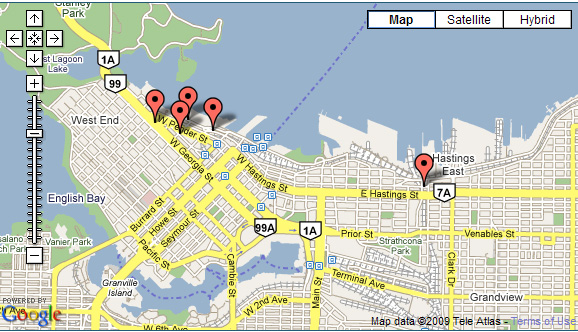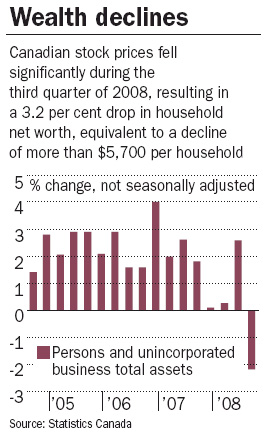Derrick Penner
Sun


The downturn in Metro Vancouver’s real estate market hasn’t hurt The Real Estate Channel, a relatively new multi-media property-marketing effort, nor dampened the operators’ ambitions for expansion.
“Though the market is slow, we’re still finding a lot of realtors coming to us, asking for information, wanting to use our services,” Matt White, the company’s project and sales manager, said in an interview this week.
“As bad as it gets, they still need to advertise their listings, so we’ve proven to be recession-proof in Vancouver.”
Company founder Leon Ng and collaborator Matt Grant started developing the idea of marrying the real estate business, which he had been in, with television, where Ng also had experience from running the community access channel on Shaw cable competitor Novus Entertainment Inc.
The Real Estate Channel launched in December 2006, and what it does for realtors is create 30-second video tours of their listings, stringing photographs into a moving slide show with descriptive voice-overs and music, and with the listing’s details and agent’s branding overlaid on the frame.
Then the clips, on one stream, are added to the program loop on The Real Estate Channel — broadcast on the Novus system, which currently links up to a large number of new developments, mostly in downtown Vancouver and around Metrotown in Burnaby.
On a second stream, the clips are uploaded to The Real Estate Channel’s website and the realtors’ website, and are linked to other sale sites such as Craigslist and Kijiji.
The cost is $77 to $89 per video listing, which will air for up to 60 days on the channel and as long as the customer wants on the Internet.
“We just try to market [properties] as rapidly and hardcore as possible,” White said, which he believes is what sets the effort from other traditional advertising in magazines, on bus stops and at other locations.
“We try to bring it together in a today, 2000-esque kind of way,” he added.
White said the television aspect has proven to be “one of the biggest cachets,” for realtors to use the channel’s services.
The Real Estate Channel’s program loop consists of the listing videos interspersed with neighbourhood profiles, 30-second advertising spots for realtors and realtor-commissioned interview segments.
White added that the degree of automation in The Real Estate Channel also sets it apart from other television listing services that have gone before it. Realtors can submit their listings, with photos and descriptions — and then make changes — online.
White said it is difficult to know what kind of ratings the channel gets on Novus. They only know that the Novus system has about 10,000 subscribers and an audience of about 20,000 to 25,000.
However, the channel’s website receives about 2,000 hits a day, and White said that from the broadcast codes that site visitors use to navigate it, they know hundreds have been directed to them by the television station.
Expansion, White said, is the next phase. One of his roles in signing on with The Real Estate Channel has been to syndicate it in as many markets as he can.
So far, he’s struck deals with MTS in Manitoba, which will put the channel in front of another 130,000 to 140,000 subscribers and an audience of about 250,000, and with Sasktel for Saskatoon and Regina, which will give it another approximately 85,000 subscribers and almost 200,000 viewers.
White said the company is in negotiations with Delta Cable to put the channel into that Lower Mainland city as well as the Sunshine Coast, and is in discussions with a Los Angeles-based cable provider to get The Real Estate Channel on the air in several of the city’s suburbs.











